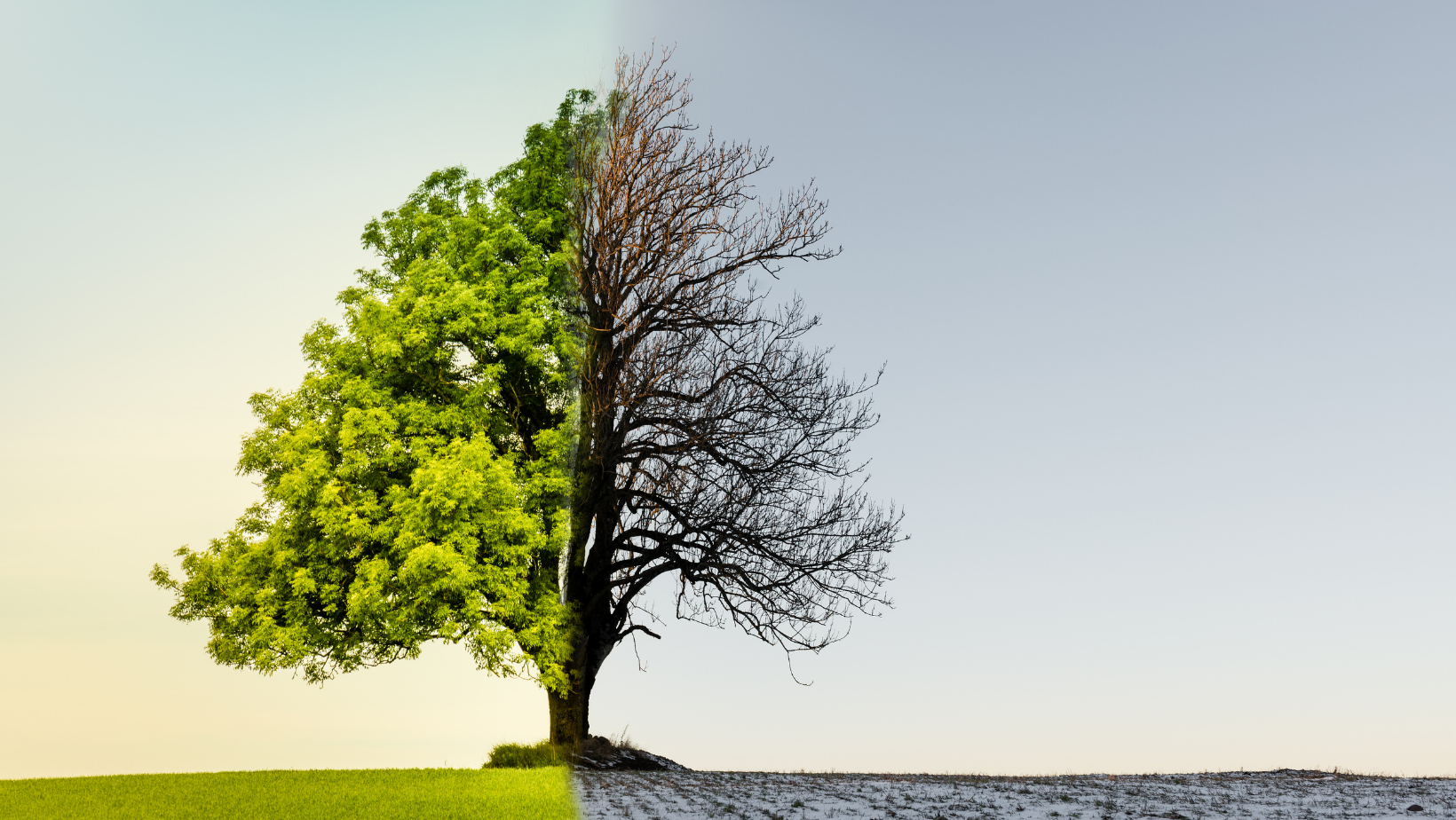Posted by Esther Roberts on 17th Jun 2021
How climate change is affecting gardens

For many of us, gardening is much more than a hobby—it is a passion. Did you know on average the UK gardener spend approx. £678 on their garden every year? While gardeners are putting time and money in to their gardens to get them looking their best, there are some effects from climate change making their way into our gardens as the years go on. “Plant health is increasingly under threat. Climate change and human activities have degraded ecosystems, reduced biodiversity and created new niches where pests can thrive,” says United Nations Environment Programme (UNEP) expert Marieta Sakalian. Keep reading to discover the repercussions of climate change on our gardens, and how we can reverse them.
The Effects
Over the next few decades, the southern regions of England are expected to become hotter, and dryer overall and experience short episodes of heavy rainfall. The north of England, on the other hand will be milder, with wetter summers and winters. Moreover, trees and plants will probably be exposed to a growing number of pests and diseases. Climate change can affect the population size, survival rate and geographical distribution of pests; and the intensity, development and geographical distribution of diseases.
One of the most visible impacts of climate change, according to the report, will be its affect grass. Currently, warmer springs and autumns combined with regular rain episodes result in an increase in lawn-mowing, which usually does not take place all year round. Should average temperatures rise by 3°C then many grassland areas in south-western England would start to become woodland. In eastern England, households may have to replace lawns with artificial grass.
The Cause
Higher average temperatures and shifting precipitation patterns are causing plants to bloom earlier, creating unpredictable growing seasons. Even warm-weather plants like tomatoes could be harmed by increased temperatures.
Invasive, non-native plants ranges are expanding and making them more apt to take advantage of weakened ecosystems and outcompete native species. Climatic shifts also mean that many native and iconic plants may no longer be able to survive in portions of their historic range. Additionally, some invasive species are even capable of changing soil chemistry, which would be a nightmare for gardeners.
The Future
Unfortunately, climate change is threatening the gardening experience across the country. Fortunately, there are actions that you can take to be part of the solution—even while gardening.
In a report from the RHS, “urban garden plants and trees help cool the air in our towns and cities, combating dangerous temperatures caused by heat waves”. Allso, breeding pest- and disease-resistant varieties is another environmentally friendly solution, since it reduces the need for pesticides and fungicides.
Additionally, the pandemic has had a surprising and unexpected impact on the environment. The reduction in industrial activity lead to a 17% drop in global carbon dioxide emissions in April, wildflowers flourished on roadsides because verges were cut less frequently, and wildlife reclaimed lost territory.
Since lockdown, there has been a greater emphasis on protecting and enhancing gardens and green spaces. Through sharing information like this, we can help preserve our beautiful gardens for future generations to enjoy.

